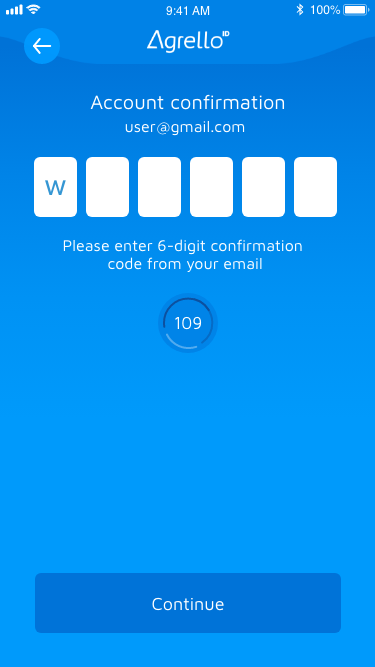Background
I joined Agrello as a Visual/UI/UX Designer in 2018, one of two in-house designers in a company of 10 people (including developers, a Marketing Lead, and a Sales Lead. Two years later, we also acquired a Product Owner).
The project under this consideration involved the redesign and enhancement of Agrello e-signature and document management platform, comprising both web and mobile applications. The primary goal was to create a more user-friendly and efficient system that caters to both B2C and B2B users.
The Problem
The initial iteration of the platform presented several user challenges, leading to very high drop-off rates.
Users struggled with a complex onboarding process, which required switching between the web and mobile apps
The creation of two separate PIN codes for different functions caused confusion and frustration among users
The online identity verification using Veriff to be able to sign the documents caused users to be deterred
Utilizing the app across different devices became a source of frustration as it required pairing each new device with a specific phone's key pairs
The invitation for signing was sent at an unexpected time for the document creator
All documents were organized in a single list without the option for foldering, only some limited filters were available
For those outside of Estonia, the concept of ASIC container for signed documents caused the confusion, as it was unfamiliar and difficult to grasp
The Goal
The goal was to achieve a user-centric solution that offers a seamless experience for individuals and businesses, both within and outside of Estonia. The overarching objective was to enhance user satisfaction, streamline the document signing process, and making the platform more accessible for a global audience.
The primary focus at this stage was to enhance the overall onboarding and mobile app experience.































